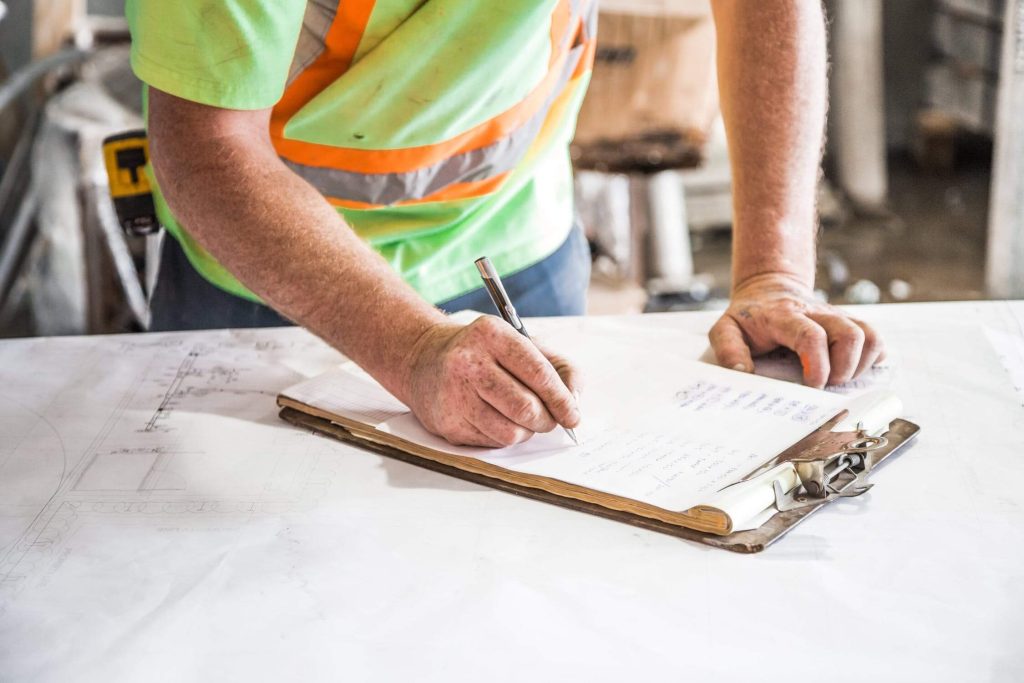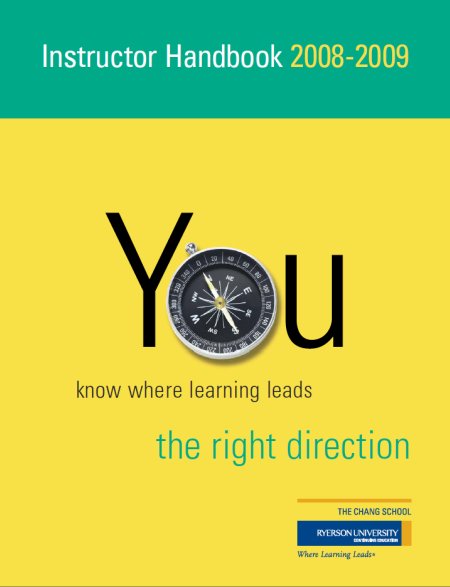The future of hospitality, particularly in luxury resorts and destination properties, is poised for an evolution marked by innovation and sustainability. As travelers become increasingly discerning and environmentally conscious, the hospitality industry is adapting to meet these demands while maintaining the opulence and allure that define luxury experiences. One key aspect of the future of luxury resorts and destination properties is the integration of technology to enhance guest experiences. From personalized mobile apps that streamline check-in processes to smart room features controlled by voice commands, technology is becoming a central part of the luxury hospitality experience. Guests can expect seamless connectivity and convenience, with everything from room adjustments to booking activities available at their fingertips. Virtual reality VR and augmented reality AR are also set to revolutionize the way guests explore and plan their stays, offering immersive previews of accommodations and activities before they arrive.
Sustainability is another crucial element shaping the future of luxury resorts and destination properties. With increasing awareness of environmental issues, guests are seeking eco-friendly options without compromising on comfort or luxury. As a result, many resorts are implementing sustainable practices such as renewable energy sources, water conservation measures, and eco-friendly construction materials. Beyond reducing their carbon footprint, luxury resorts are also embracing sustainable gastronomy, sourcing local, organic ingredients and reducing food waste. These efforts not only appeal to environmentally conscious guests but also contribute to the preservation of the pristine natural environments that attract travelers to these destinations. Moreover, Javad Marandi future of luxury resorts and destination properties lies in offering authentic and immersive experiences that go beyond mere accommodation. Travelers are seeking meaningful connections with the destinations they visit, craving opportunities to engage with local cultures and communities. Luxury resorts are responding by curating unique experiences that showcase the heritage, traditions, and flavors of the region. Whether it is a guided tour of a nearby cultural site, a cooking class led by a local chef, or a wellness retreat inspired by ancient practices, these experiences offer guests a deeper understanding and appreciation of the destination.
In addition, the concept of wellness tourism is gaining momentum in luxury hospitality. With stress levels on the rise and a growing awareness of the importance of well-being, travelers are seeking retreats that prioritize holistic health and rejuvenation. Luxury resorts are expanding their wellness offerings to include spa treatments, yoga and meditation sessions, and tailored wellness programs designed to promote physical, mental, and emotional well-being. These immersive experiences allow guests to unwind, recharge, and reconnect with themselves in idyllic surroundings. Furthermore, as travelers become more conscious of their social impact, luxury resorts are increasingly engaging in philanthropic initiatives and community outreach programs. Whether it is supporting local charities, investing in education and healthcare for nearby communities, or promoting cultural preservation, luxury properties are using their influence to make a positive difference in the destinations they inhabit. By fostering meaningful connections with local stakeholders, luxury resorts are not only enriching the guest experience but also contributing to the long-term sustainability and prosperity of the communities they serve.




 Want to reach many topics on a go? I'm here to derive the details of his experience. Stay connected with him and his blog, you would get many details in short term.
Want to reach many topics on a go? I'm here to derive the details of his experience. Stay connected with him and his blog, you would get many details in short term.

